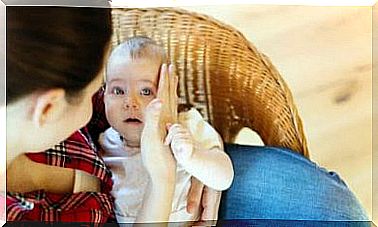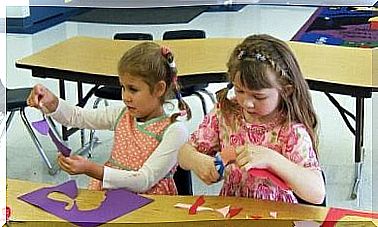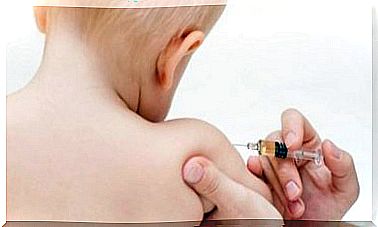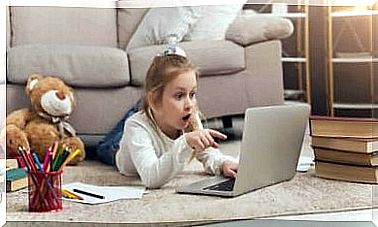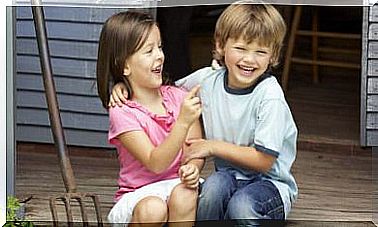How To Choose The Best Toys For Each Age
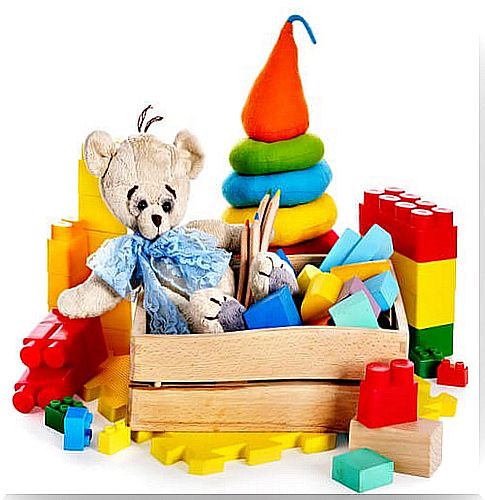
It is not always easy to choose the best toys for your children. As we all know, there are an infinite number of different toys to choose from.
The right toys can provide children with important benefits, but it can be difficult for children to choose which toy is most appropriate.
So which toys are most suitable for each age? And what should you keep in mind when choosing?
Playing teaches children about themselves and also about others. Every new toy and every new game is a new output. The right toys bring clear benefits: auditory visual perception, coordination, posture, etc.
Toys therefore stimulate intellectual, motor, emotional and social development at different stages of children’s growth.
It is important to understand that play development is gradual and continuous, so each phase is based on the results of the previous one.
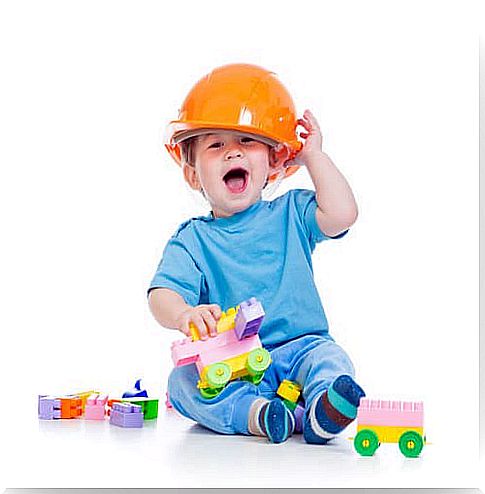
Security and development
The best toys contribute to balanced physical, mental and social development. Playing is a form of learning where the little ones get to express their feelings and put into practice the social roles that they will fulfill as adults.
It is therefore important that you have a place where the child can play and that you provide them with good toys that stimulate their senses and enrich their world from an early age.
Another important factor to consider is safety. Some age groups risk harming themselves with certain toys.
It may sound excessive, but the wrong toys can cause scratches, falls, burns, shortness of breath or poisoning. Parents must therefore be careful when choosing toys for their children.
5 tips for choosing the best toys
- The toys must be suitable for your child’s age and promote the development of different skills or attitudes.
- The toys must be safe. They must be made of materials that do not chafe, break or tear. Look for non-toxic materials and solid colors. The younger the child, the bigger the toys and parts should be.
- Keep toys simple. In this way, the child can come up with different uses for each toy, develop his imagination and understand symbols.
- The toys should complement the child’s personality. For example, if your child is introverted, you can try toys and games that make them socialize, such as games with different participants. For hyperactive children, the right toys can help them improve their concentration, artistic abilities, etc.
- Remember that too many toys can be an obstacle to the imagination and even make them bored.
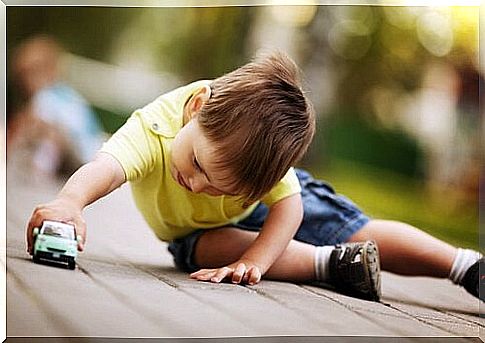
The best toys for every age group
- From 0 to 6 months: babies need attention-grabbing toys to help them discover their own bodies and differentiate between different surfaces, shapes and colors. Suitable toys include dolls, activity mats, teddy bears, etc.
- From 7 to 12 months: the baby now begins to explore objects and recognize voices as well as objects with different surfaces and colors. You can also use sounds and colored lights. You can buy balls, dolls, musical toys, etc.
- From 13 to 18 months: at this age, children will walk and can recognize properties on objects. Blocks to stack and build with, tricycles and cars, etc. are perfect for this age group.
- From 19 to 24 months: the little ones can talk and understand and begin to understand the world around them. Cars, whiteboards or blackboards, paints, musical instruments, dolls, animals, etc. are suitable. They should be colorful and easy to handle, like games where you match different shapes and large building blocks.
- From 2 to 3 years of age: at this stage of development, children begin to become curious about names and imitate family scenes. Tricycles, balls, spades and shovels, puzzles, colors, telephones, cars and dolls are among the best toys for two- and three-year-olds. Other options include simple puzzles made of foam rubber or other materials.
- From 4 to 5 years of age: at this age, children are curious and love to learn songs and interact with their friends. Look for bicycles, whiteboards or blackboards, toy tools or construction toys with large pieces, toy microphones, dolls, etc.
- From 6 to 8 years of age: at this age, children know how to add and subtract, read and write. You can give them skates, remote controlled cars, games with puzzles and experiments, dollhouses, kitchen utensils, etc. You can also consider toys with rules to follow, such as memory games, board games, cards, books with capital letters and colorful illustrations, etc.
- From 9 to 11 years of age: at this age, children become interested in more complex activities. They like sports equipment, games with strategy and reflection, as well as audiovisual or electronic games and experiments. Journals, sketchbooks, train sets, board games and the like can help strengthen their intelligence.

